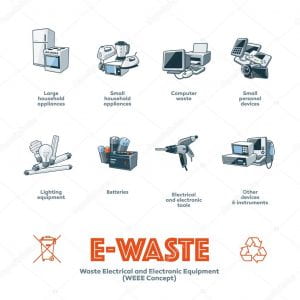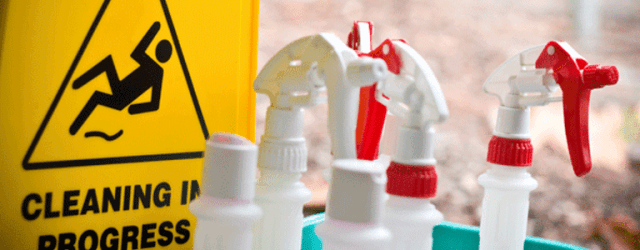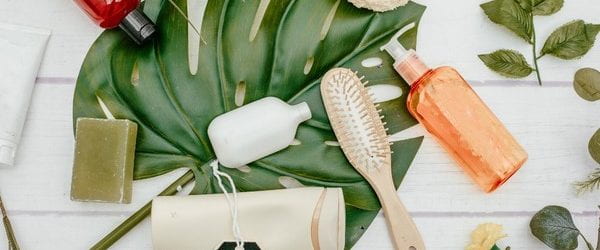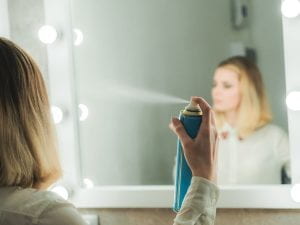It is update time! So, in our previous posts, we shared about e-wastes, as well as how it leads to pollution. Today, we will be sharing about the extent of the e-waste problem in Singapore.
Extent of the problem
According to a National Environmental Agency study, it founded that Singapore generates 60,000 tonnes of e-waste a year (NEA, 2018). This is equivalent to the discard of 70 mobile phones by each individual. Such high rates of disposal can be linked to our high spending power, as well as the constant invents of new technologies and products (Towards Zero Waste, 2020). Indeed, experts have cautioned that the rollout of fifth-generation (5G) mobile networks could spell the demise of 4G gadgets and lead to mass disposal.
While the replacement of electronic products is not wrong as most products can be refurbished, repaired or recycled, the problem arises when unwanted electronic products are discarded – as in most cases of Singapore. This is because e-waste contains harmful substances such as cadmium and lead which pose as a threat to our health and the environment when disposed at landfills or when incinerated (Towards Zero Waste, 2020). (See our previous post for a detailed explanation).
Teh (2019) notes from a survey of 347 youths aged 18 to 25 that only one in 10 young Singaporeans recycle their e-waste. Of those who attempt to recycle, 34.1% do it wrongly. This is a concerning trend that should be reversed, especially in a land-scarce Singapore. As articulated by the then-Minister for the Environment and Water Resources Masagos Zulkifli, “We should recycle right, and save and extend the lifespan of Semakau by putting just a little bit into the landfill. Semakau is a very expensive resource, and if we need to build a new Semakau, that will cost us billions of dollars,”. More than environmental considerations, there are also economic implications for tiny Singapore when a large number of wastes, including e-waste, are constantly generated. Hence, there is a strong and urgent need to improve our waste reduction and recycling efforts.
Check back in next week to find out what we can do or have done to mitigate this issue in our next post!
References:
Choo, C. (2019 September 3). Trash Talk: A toxic trash pile grows when gadgets become waste — in a year or less. TODAYONLINE. https://www.todayonline.com/features/trash-talk-gadgets-designed-become-waste-year-or-less-toxic-trash-pile-grows
NEA. (2018, March 6). NEA To Implement E-waste Management System For Singapore By 2021. https://www.nea.gov.sg/media/news/news/index/nea-to-implement-e-waste-management-system-for-singapore-by-2021
Teh, C. (2019, March 4). Only one in 10 young Singaporeans recycles electronic waste: Survey https://www.straitstimes.com/singapore/only-one-in-10-young-singaporeans-recycle-electronic-waste-survey
Towards Zero Waste. (2020 September 15). Electronic Waste. https://www.towardszerowaste.gov.sg/ewaste/#:~:text=Singapore%20generates%20about%2060%2C000%20tonnes,technologies%20constantly%20replacing%20old%20ones.


















